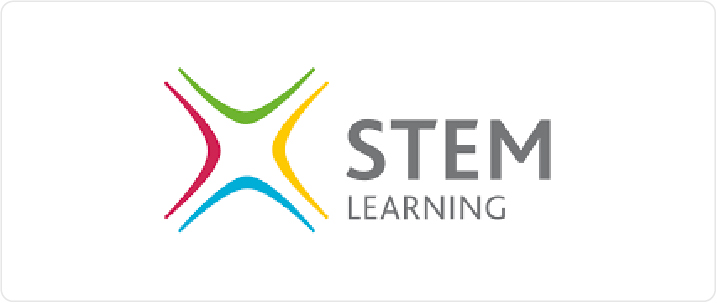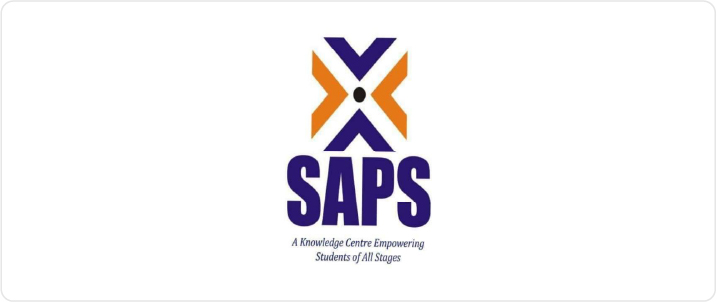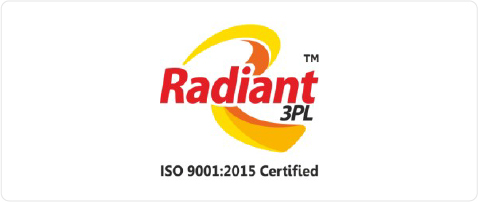Introduction
In the intricate tapestry of small and medium businesses (SMBs), the significance of budgeting emerges as a linchpin for financial health and strategic decision-making. This detailed exploration unravels the compelling reasons why budgeting stands as a cornerstone for the success and sustainability of SMBs.
The Foundation of Financial Stability
1. Anticipating and Managing Cash Flows
Budgeting as a Roadmap:
Budgets serve as proactive roadmaps, foreseeing cash inflows and outflows.
Allows businesses to navigate potential cash flow challenges and allocate resources strategically.
2. Expense Control and Efficiency
Effective Resource Allocation:
Budgeting aids in allocating resources efficiently, preventing overspending.
Facilitates a clear understanding of necessary expenditures and identifies areas for cost optimization.
Strategic Decision-Making
1. Investment Planning
Strategic Resource Deployment:
Budgets guide investment decisions, ensuring that capital is directed toward initiatives aligned with business goals.
Facilitates informed choices on expansion, technology adoption, or new ventures.
2. Performance Evaluation and Goal Setting
Key Performance Indicators (KPIs):
Budgets establish benchmarks and KPIs, enabling businesses to measure performance against predetermined targets.
Helps in setting realistic and achievable goals for growth.
Risk Mitigation and Financial Security
1. Identifying and Managing Risks
Contingency Planning:
Budgeting allows SMBs to identify potential risks and create contingency plans.
Mitigates the impact of unforeseen circumstances on financial stability.
2. Debt Management
Preventing Overreliance on Debt:
Budgeting assists in managing debt by forecasting repayment capabilities.
Aids in negotiating favourable terms with creditors.
Regulatory Compliance and Accountability
1. Tax Planning and Compliance
Navigating Regulatory Framework:
Budgets incorporate tax planning, ensuring compliance with regulatory requirements.
Helps in avoiding penalties and maintaining financial transparency.
2. Stakeholder Accountability
Transparent Communication:
Budgets foster transparent communication with stakeholders.
Enhances accountability and builds trust among investors, employees, and partners.
Technology Integration for Streamlined Budgeting
1. Digital Budgeting Tools
Cloud-Based Solutions:
Utilize cloud-based budgeting tools for accessibility, collaboration, and real-time updates.
Incorporate automation for accuracy and efficiency in budget management.
2. Predictive Analytics and AI
Data-Driven Decision-Making:
Employ predictive analytics and AI for data-driven budgeting decisions.
Enhances forecasting accuracy and strategic planning.
Success Stories: Learnings from SMBs
1. Growth Through Prudent Budgeting
Case Study:
Explore how a growing SMB utilized budgeting strategies to expand operations and increase profitability.
2. Overcoming Financial Challenges
Case Study:
Delve into the journey of an SMB that navigated financial challenges by implementing effective budgeting practices.
Continuous Improvement in Budgeting
Iterative Approach:
Advocate for a continuous improvement mindset in budgeting.
Regularly review and adapt budgets based on evolving business dynamics.
Conclusion
Budgeting is not merely a financial exercise but a dynamic tool that empowers SMBs to navigate challenges, make informed decisions, and secure a robust financial future. By recognizing the multifaceted advantages of budgeting and embracing technological advancements, SMBs can fortify their foundations, foster growth, and thrive in the competitive business landscape.




















